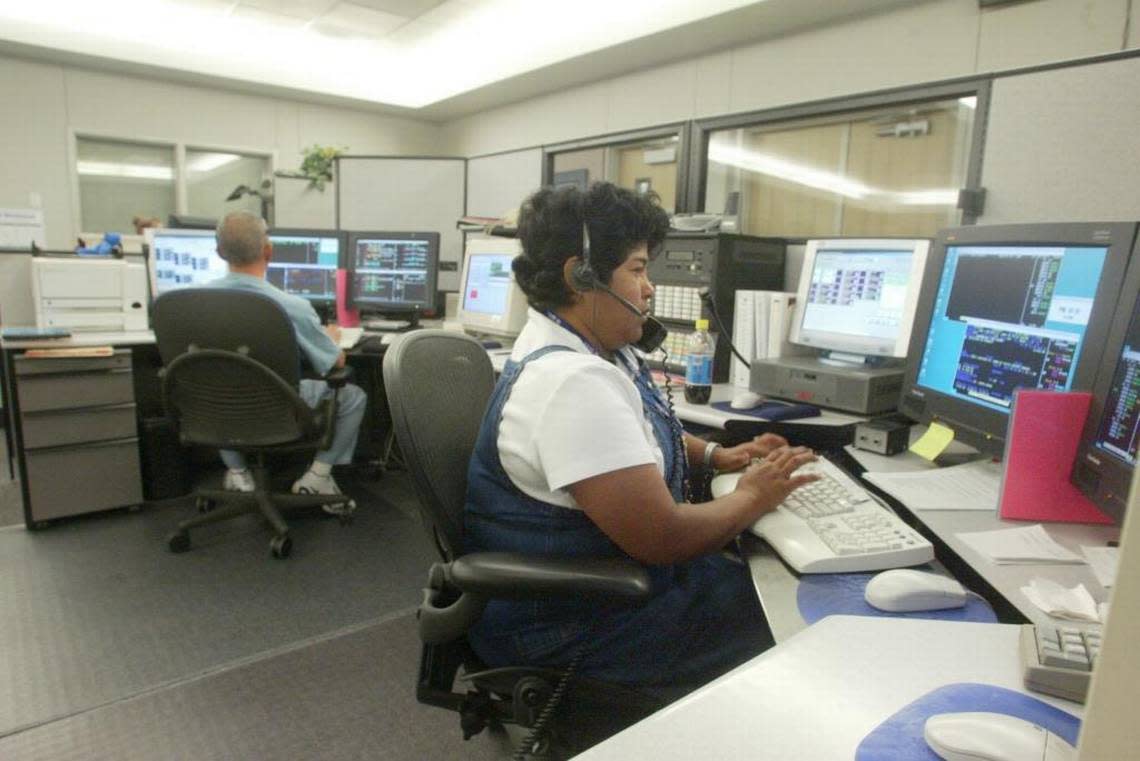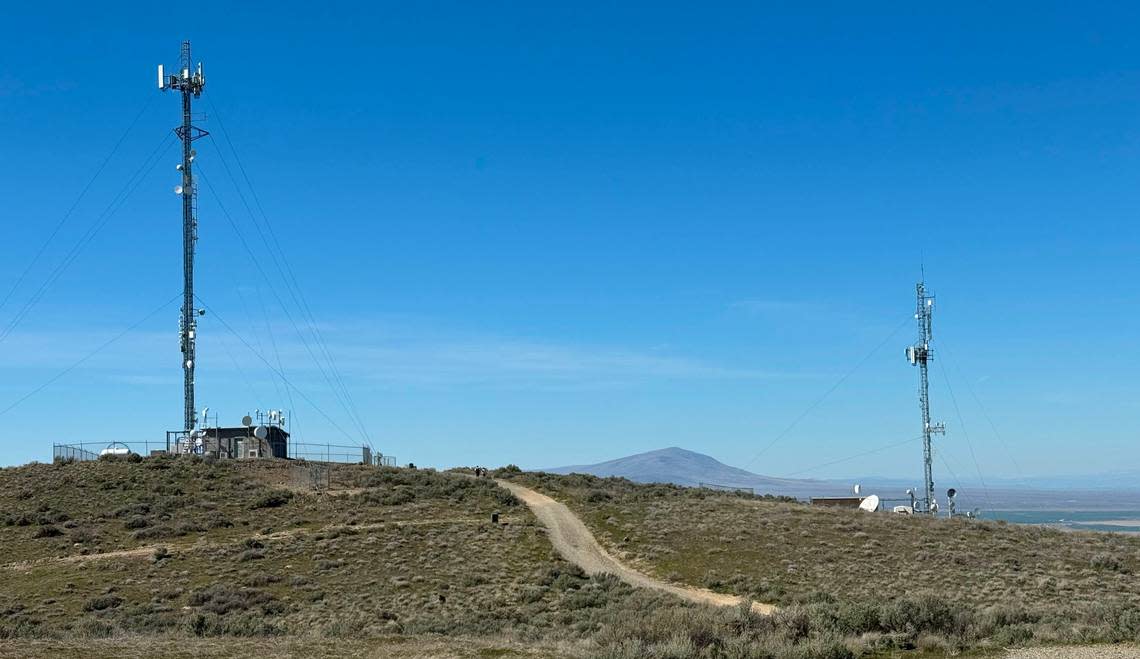How did the Tri-Cities’ 911 emergency system get to a crisis point? COVID played a role
In our Reality Check stories, Tri-City Herald journalists seek to hold the powerful accountable and find answers to critical questions in our community. Read more. Story idea? News@tricityherald.com.
As Tri-Cities leaders work to find money to replace the region’s failing 911 communications infrastructure, some wonder how it got this bad.
Benton County Emergency Services Director Jay Atwood told the Tri-City Herald that the answer isn’t as straightforward as it might seem.
“We get asked a lot, ‘How did we end up here on the edge of this cliff?’” he said.
County commissioners and city councils are now staring at a $20 million problem, and it’s a can that can’t be kicked down the road.
Emergency communications systems are paid for on the local level, which is why systems vary so greatly from one area to the next.
The Tri-Cities region’s 911 communication system is woven together through towers and communications equipment on top of mountains and ridges in the bicounty area. Every single site will need partial upgrades, some will need to be totally replaced with modern systems.
Currently, police and firefighters can’t communicate without the Southeast Communications Center, or SECOMM, coordinating because they’re on different systems.
The first part will see the replacement of microwave transmitters on mountain tops and ridges across the region at a cost of $4.5 million.
The second will cost $15 million to $18 million and move Franklin County towers and all fire departments away the obsolete VHF transmission system onto a digital 800 MHz system, as well as upgrade radios across the counties so they can work together.
It’s a challenge local leaders have known about for years, but what they didn’t anticipate was a global pandemic hitting not long after the counties consolidated their dispatch systems. The original plan was to begin upgrades after the merger was completed.
But the pandemic forced the project to a back-burner, and the used parts market relied on to keep the antiquated equipment running disappeared completely.
But in many circumstances, even when the equipment was new to this area, it was actually used and nearing end of life.
Now, officials are racing against time to begin the upgrades before the old technology begins to completely fail.

Timeline to crisis
The 911 Emergency call system has only been around since the late 1960s. Before that callers had to either call police or fire directly or call an operator for help connecting them.
Police departments only began using handheld radios in the late 1970s and early 1980s. Before that all communication had to be done in their vehicles.
As technology evolved, cell phone use became more prominent and wireless terminals in police vehicles began to be adopted, modern 911 infrastructure started being put into place to help coordinate the massive amount of new voice and data traffic.
In 1992, Washington State Emergency Management began building a Benton County emergency communications system with a grant from the Chemical Stockpile Emergency Preparedness Program because of the chemical weapons depot to the south in Umatilla, Ore.

It wasn’t until 2000 that Franklin County would begin building a new communications system of its own.
In 2005, the county began installing microwave paths on mountaintops and ridges in the area. The following year Benton County began to upgrade its microwave system, moving toward 800 MHz technology.
It was then that telecommunication engineer Michael Namcheck said he began building the Franklin County VHF system, often with parts from eBay.
The intent was to upgrade the system once it was in place, but that never really happened, he recently told Franklin County commissioners.
In 2010, Franklin County consolidated its towers and equipment on Rattlesnake Mountain. This agreement with the Yakama Nation allowed them to maintain coverage while respecting the tribes’ efforts to preserve the sacred site.
In 2015, Pasco police joined Benton County’s more modern 800 MHz radio system, which allowed for greater coordination and better flexibility. But the rest of Franklin County and all of the area’s fire departments remained on VHF systems.
Dispatch center consolidation
In 2017, the counties began to consolidate emergency dispatch systems. SECOMM opened its doors in 2018.
The next step in the plan after SECOMM opened was to address the disjointed and antiquated radio systems before they began to fail. That process began in 2019.
In 2020, those efforts were put on hold and engineers worked to maintain the current system through the COVID-19 pandemic.
During that time, the used parts market engineers relied on to keep the VHF system and old microwave receivers running completely dried up. They were briefly shored up with equipment from Walla Walla when the neighboring county upgraded their own 911 infrastructure.
By mid-2023, SECOMM leaders began to look into much needed upgrades, and started getting estimates on just how much the process was going to cost.
Late last year SECOMM leaders begin meeting with county commissioners and city councils to fill them in on the update plans, and just how dire the situation had become.
In March 2024, Benton and Franklin counties and the cities of Pasco, Richland and Kennewick signed an updated interlocal agreement to lock in a $4.5 million price tag for the first portion of the upgrades to the microwave transmitters.
Each owes a $900,000 payment in Spring 2025 as work nears completion.
In late March, the counties and cities started looking at options for how to pay for the second part of the plan that would get everyone moved onto the 800 MHz system and also replace radios for about two dozen agencies in order to use the technology.
The total cost for the entire project, including the transmitters, is expected to be more than $20 million.
